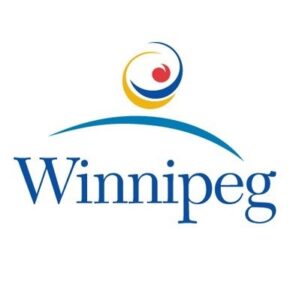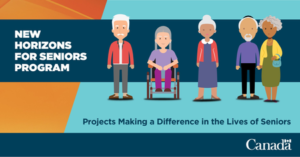Active Transportation
WBCO works with partners to improve transportation options, connections and infrastructure with a special focus on improvements for pedestrians, cyclists and transit users. This work is done in accordance with community priorities as defined in West Broadway’s most recent consultation and planning efforts. West Broadway’s current Five-Year Community Plan (2016 - 2021) prioritizes improvements to transportation in and through West Broadway. Specifically, respondents focused on adding more and better active transportation options and traffic calming, control and enforcement, as follows:
- Promote walkable and cyclable residential and commercial districts
- More streetscaping to improve cycling and pedestrian infrastructure on Broadway, Sherbrook St., Maryland St. and the corridor of Westminster Ave. Balmoral St. and Mostyn Place.
- Complete sidewalk and back lane repairs, ongoing maintenance and cleaning, especially in winter
- Effective lighting and benches at all transit stops
- Strengthen pedestrian connection between commercial districts and community destinations at important intersections
- Create better active transportation infrastructure such as: bicycle lanes on major streets, bike parking, well maintained sidewalks (especially in the winter), river trail and benches for people to sit on (especially at bus stops), and traffic calming.
- Support efforts to improve lighting, add speed bumps on side streets/lanes, improve traffic law enforcement for intersections, add crosswalks and traffic lights.
- Continue to explore improvements to the River Trail.
- Explore and support regular neighbourhood safety, mobility, green and active transportation audits
Likewise, the vast majority of local residents surveyed in a 2017 door to door and sidewalk study involving over 400 participants, listed improved public infrastructure for pedestrians, bicyclists, and transit buses as a high priority. This is not a surprise; Statistics Canada’s 2016 census noted that over 60 percent of West Broadway residents do not use a motorized vehicle as their primary mode of transportation. Community members walk, ride, roll, and take the bus more on average than most other Winnipeg neighbourhoods in. Further, a strong contingent of area residents and business owners are active participants in municipal lobbying efforts to improve snow removal services, to address accessibility concerns for residents with mobility concerns, to improve cycling infrastructure, to lower speed limits, and to encourage more efficient transit services.
Active Transportation means using human power to get around. Cycling, walking, in-line skating, even cross-country skiing are some examples of how people can get from point A to point B. It can also involve combining modes such as cycling and walking with public transit. Active transportation systems have many benefits to both people and cities, including:
- Improving physical and mental health
- Reducing traffic congestion
- Reducing long-term stresses on the healthcare system by encouraging healthy lifestyles
- Improving air quality
- Improving road safety for both motorists and cyclists
- Reducing costs associated with driving like fuel, parking and maintenance.
If you would like more information about ongoing efforts to achieve the above goals or if you would like to get involved in this work, please contact us.






